With a pen in hand and music in his ears, pop artist Sam Cox — better known as Mr. Doodle — transforms blank surfaces into sprawling universes of lines and loops. Now, in Korea, he’s trading canvas for hanji, the centuries-old handmade mulberry paper, and weaving Korean hangul characters into his signature style for the Hangeul International Pre-Biennale that kicked off on Monday in Sejong.
“I love how lots of the elements of hangul look — their lines, the circular shapes looked like they could fit right within Doodle Land, so it made perfect sense for me to take on the project,” Cox told reporters in a roundtable interview at The Ambassador Seoul — A Pullman Hotel in Jung District, central Seoul, on Sunday. “It was a really fun challenge of bringing together modern and traditional.”
Cox, 31, is internationally known for covering everything from canvases and walls to an entire house in his hometown of Kent with his cartoonish doodle characters. His videos of the doodling process have gone viral worldwide, and his works — playful and obsessive — have been exhibited in major cities across Asia, Europe and the United States, fetching six-figure prices at auction and cementing him as one of Britain’s most recognizable contemporary pop artists.
At Sejong city’s Sanil Jesa, a former silk-reeling factory now restored as a cultural venue, Cox displays 16 works under the series “Squiggle Scripts” and “Squiggle Squares.” Considering the conceptual structure of hangul and the characteristics of the exhibition space, he created original compositions by interspersing culturally meaningful hangul words, like happiness and jeong (a uniquely Korean emotional concept encompassing deep attachment, affection, sympathy and connection), in between his signature doodles.
He tested six different types of hanji before eventually settling on changhoji, a variation traditionally used for windows. And instead of presenting the front side, Cox presents the pieces on the reverse, showing where the paint leaked through, in order to highlight the fibrous texture of the paper.
“Usually, I use canvas for most exhibitions, or I draw directly onto the wall. But this was a real opportunity to step into something that felt site-specific, appropriate for this exhibition and location,” he said. “The project felt comfortable — still like my own work, but with a slightly different effect.”
The Pre-Biennale also features a large-scale outdoor mural by Cox, painted live on Sept. 2 with Doodle Land characters placed alongside hangul words selected from a public open call. Doodling on the 20-meter-wide and 4-meter-tall outer wall of Jochiwon 1927 Art Center marks his largest work outside Britain.
When asked if he felt any pressure about working in public, he replied, “I’ve never felt stressed while doodling.”
“I put on music, sometimes have a coffee, and I just enjoy it.”
Cox described doodling as much a process of mindfulness as it is a form of creation. “It is a mindful activity where I don’t tend to worry or concentrate too much; I just feel free and enjoy the hand process. It feels natural, organic, joyful,” he said. “I really recommend it to anyone as a way to relax.”
Some of his critics say doodling is not “real art,” but Cox disagrees.
“So much of what I do is about putting it out there for everyone,” he said, “I love doing murals, walls, making videos, posting things online — ways that anyone can enjoy the work. They don’t have to own something; they can watch the process, from blank canvas or hanji to the final piece. Not every artist is prepared to share that, but I love to. We want to make art for everyone. It’s never meant to be exclusive. I want it to be universal, to reach many people.
“Doodling might sometimes be seen as throwaway, but I think it’s a true form of art because there’s no particular message I’m trying to force. It’s just art in its purest form. It’s not trying to persuade someone of something — it’s fun, accessible, something even a baby can enjoy as much as an older person. It just is what it is.”
The 2025 Hangeul International Pre-Biennale runs through Oct. 12. Hosted by Sejong City Government and organized by the Sejong City Culture and Tourism Foundation, the event serves as a thematic prelude to the first full Hangeul Biennale, slated for 2027.
![Pop artist Mr. Doodle [SEJONG CULTURE AND TOURISM FOUNDATION]](https://imgnews.pstatic.net/image/640/2025/09/02/0000076043_001_20250907170312687.jpg?type=w860)

![Mr. Doodle's work incorporating Korean hangeul characters [SEJONG CULTURE AND TOURISM FOUNDATION]](https://imgnews.pstatic.net/image/640/2025/09/02/0000076043_003_20250907170313049.jpg?type=w860)


















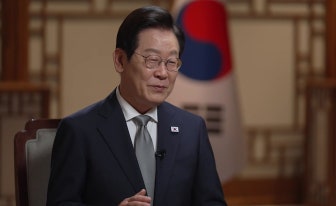
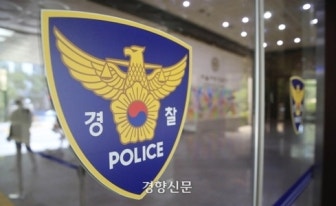
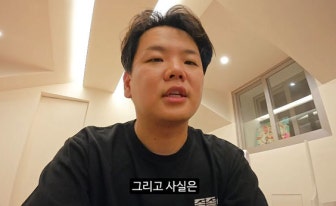

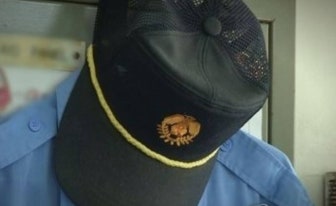
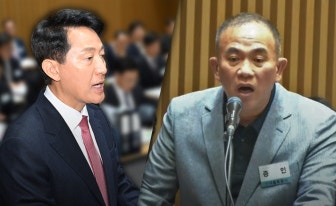
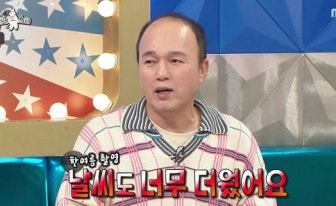

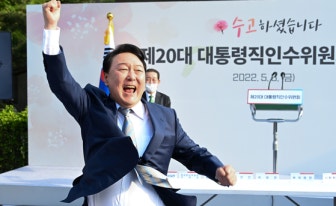
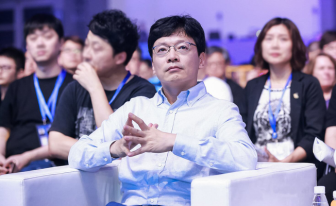


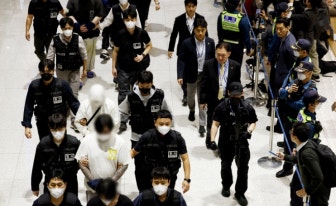

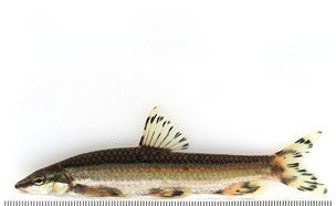
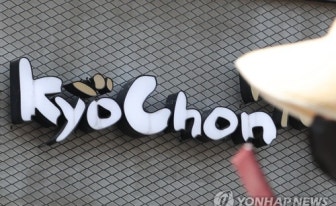

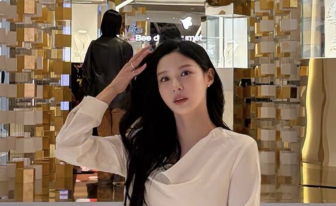
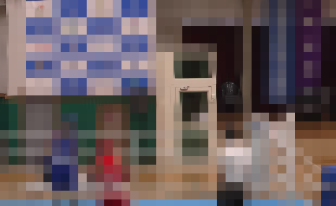
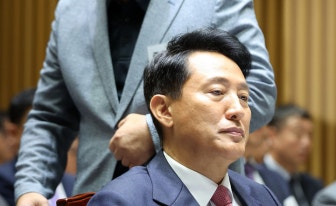
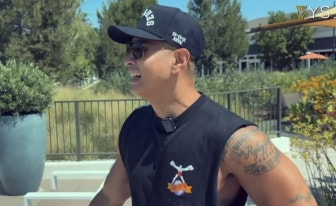

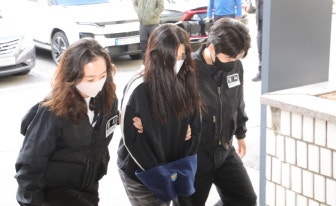
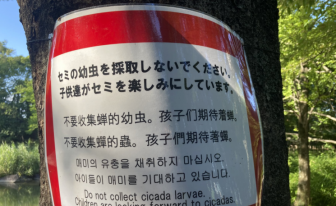


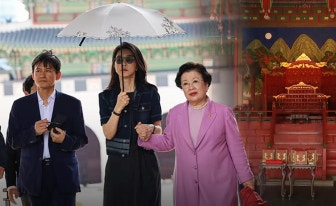
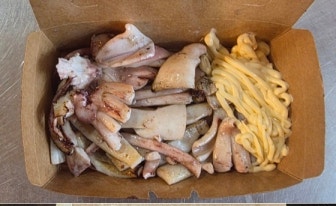
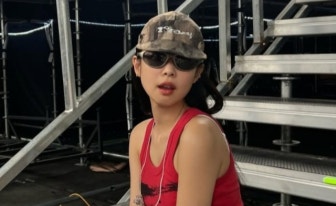




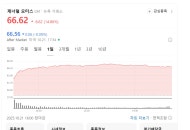
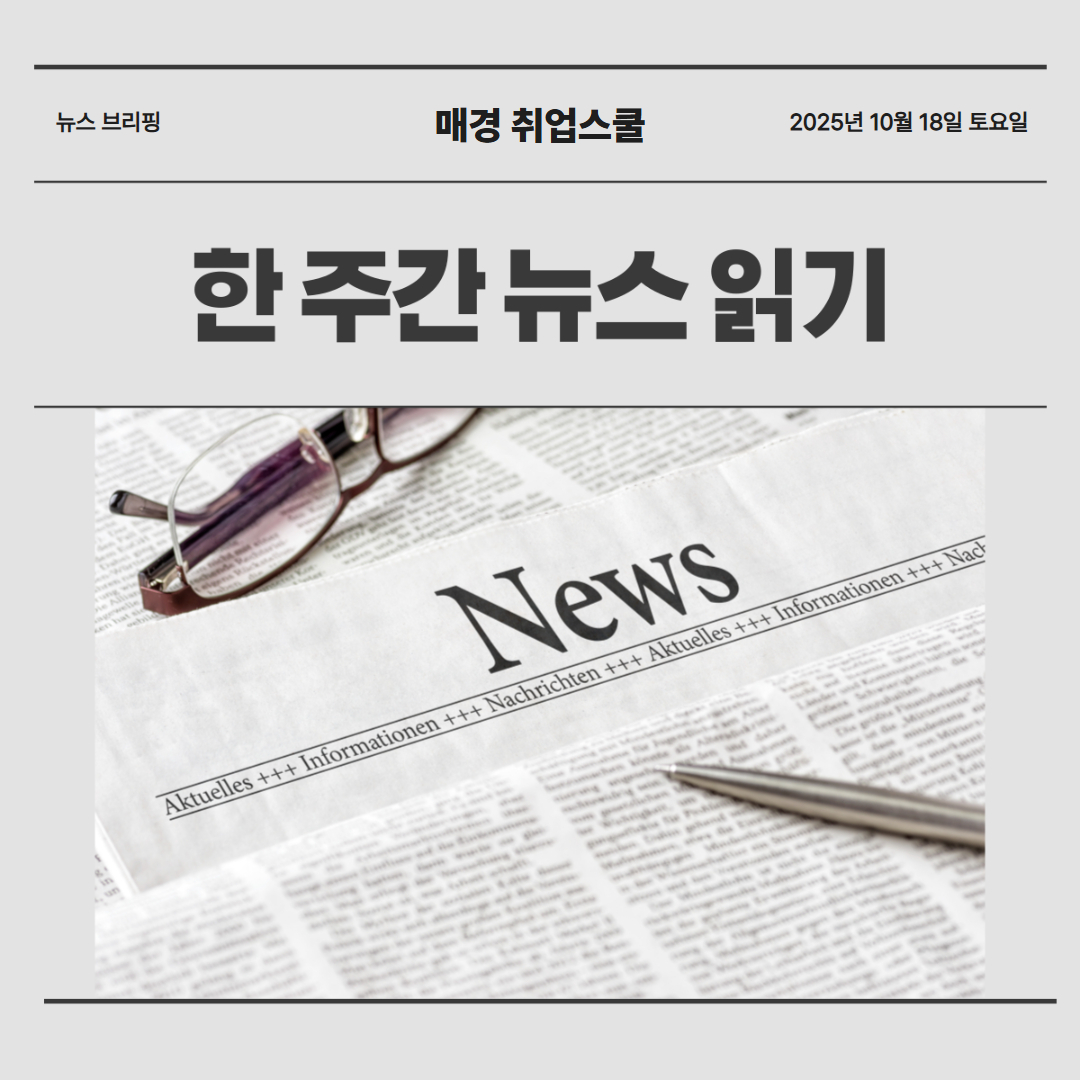.jpg?type=nf190_130)

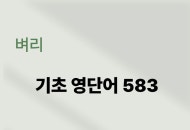
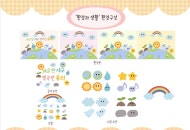

.png?type=nf190_130)